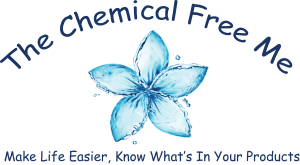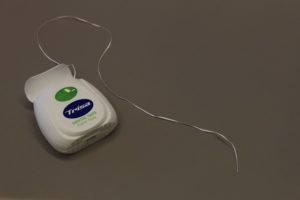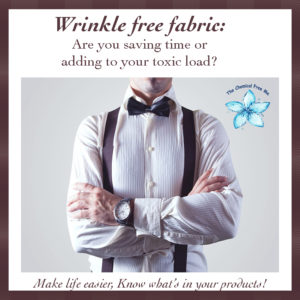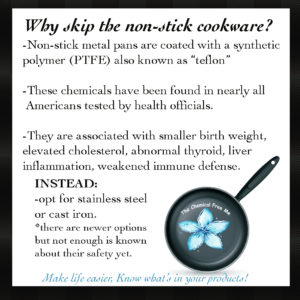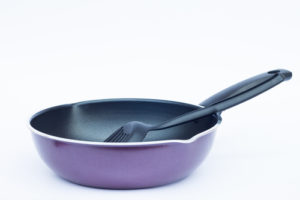Finishing up with our oral health series is a closer look at dental floss. We know flossing has benefits. Flossing has been shown to 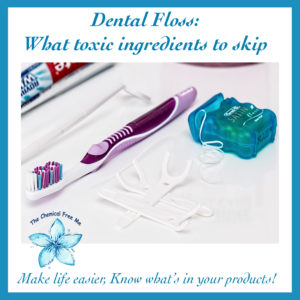 extend your life by improving gum health, warding off gum disease, heart disease and dementia. Are there drawbacks to what type of floss you are choosing? Unfortunately, yes, but there is always a natural solution.
extend your life by improving gum health, warding off gum disease, heart disease and dementia. Are there drawbacks to what type of floss you are choosing? Unfortunately, yes, but there is always a natural solution.
Some dental floss is made of nylon, which is synthetic and made from petroleum products. Nylon can take up to 50 years to break down. While floss may be “small” consider that American alone are buying 3 million miles of floss each year. Floss picks use less floss, but more plastic handles.
Another often found choice-synthetic wax. The synthetic wax is then coated with petroleum.
Many companies have coated their floss with Teflon (perfluorotanoic acid -PFOA or PFC’s ) to make them slide easier. Unfortunately PFOA has been connected to thyroid disease, cancer, birth defects and weaker immune systems. Check your labels for ingredients that may contain the word “fluoro” pr “perfluoro” I know you may be thinking “How much of this chemical can I possibly ingest? Is it a big deal?” Keep in mind that these chemicals have proven not to leave our bodies and build up over time. You want to cut down anywhere you can. Purchasing natural floss easily does this. You can find floss with a natural wax coating. Some options include Toms of Maine, Dessert Essence and Radius (although you should be aware that Radius is a silk floss and is not vegan friendly)
In addition, electric toothbrushes have proven to be more effective at removing plaque and water piks are becoming more and more effective as well.
